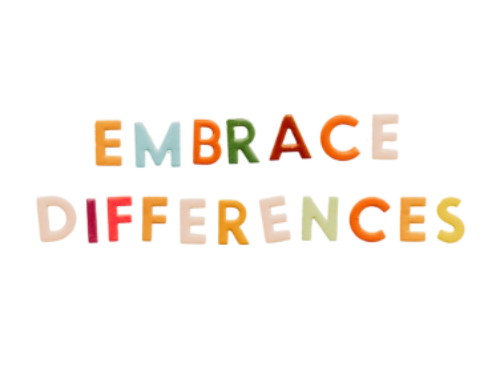Sex discrimination – removing unfair discrimination and bias
In August, we wrote about sex discrimination and examples of the different types. Following on from that, here’s some practical advice on removing unfair discrimination and bias in the workplace.
At the recruitment stage: job adverts and job descriptions
- Ensure that every job advert includes a diversity statement; an example might be:
“X Company is committed to creating a diverse environment and is proud to be an equal opportunity employer. Applications from all qualified candidates will be considered, regardless of sex, age, disability, gender reassignment, marriage and civil partnership, pregnancy and maternity, race, religion, belief or sexual orientation.”
- Where possible, job adverts should include a link to your diversity and inclusion webpage.
- Refrain from using gender specific words such as s/he, his, hers – instead, use “you”, “your” etc.
- Review the job advert and description and really analyse the vocabulary used. Research shows that certain words are associated more with one sex than the other, whether we’re conscious of it or not*.
We’ve listed below the ten most common gender-biased words used in UK job descriptions** below. Do you think the first five are masculine-coded or feminine-coded? And the last five?
- Lead
- Analyse
- Competitive
- Active
- Confident
- Support
- Responsible
- Understanding
- Dependable
- Committed
It’s probably no surprise to learn that the first five are associated with men and the last five with women. Masculine-coded words tend to reflect the stereotypical view that men are ambitious, dominant, competitive and active, whereas feminine-coded words will reflect the view of women as nurturing, passive, gentle and supportive.
It’s important to note that these are unconscious bias, so you really have to be aware and look for gender-biased words.
What does that look like in practice?
| Instead of…. | …Consider |
|---|---|
| We’re looking for strong… | We’re looking for exceptional… |
| Who thrive in a competitive atmosphere… | Who are motivated by high goals… |
| Have a pleasant, polite style… | Are professional and courteous… |
| Connect with clients… | Provide great customer service… |
Policies and procedures
If you don’t already have one, consider a written diversity policy which demonstrates the value the company places on anti-discrimination. (Need help with this? Contact us)
Review your policies regularly to ensure they are bias free and fair.
Assign a senior level sponsor for inclusion; this person should drive diversity issues and change.
Communication and training
Operate a zero-tolerance approach to bullying, harassment and discrimination (this should also be reflected in your policies). Provide examples of what sex discrimination and harassment looks like (see previous article here), and the consequences of not following the policies.
Ensure staff know how to (and feel able to) report any instances or concerns over bullying, harassment or discrimination.
Act proactively and fairly in response to all complaints of sex discrimination, sexual harassment and victimisation.
When it comes to promotions, salary increases etc, work closely with managers to ensure there is fair evidence and reasoning behind decisions and moderation processes to ensure fairness across teams.
If your company has less than 250 employees, you don’t have to publish and report figures about your gender pay gap… but why wouldn’t you? Sharing this information at least internally is a great way to show your commitment to anti-discrimination.
Appraisal and performance management processes should be consistent and transparent; check that training opportunities and career progression are inclusive to ALL staff.




Leave A Comment
You must be logged in to post a comment.